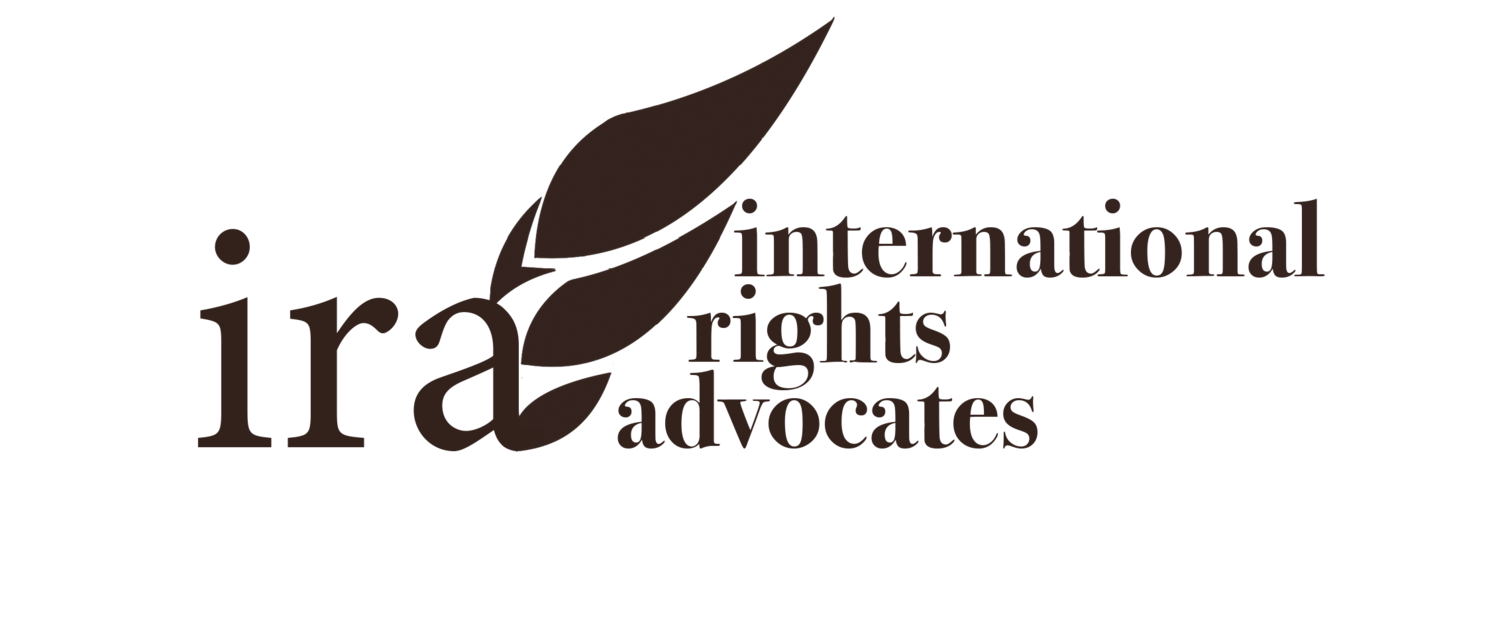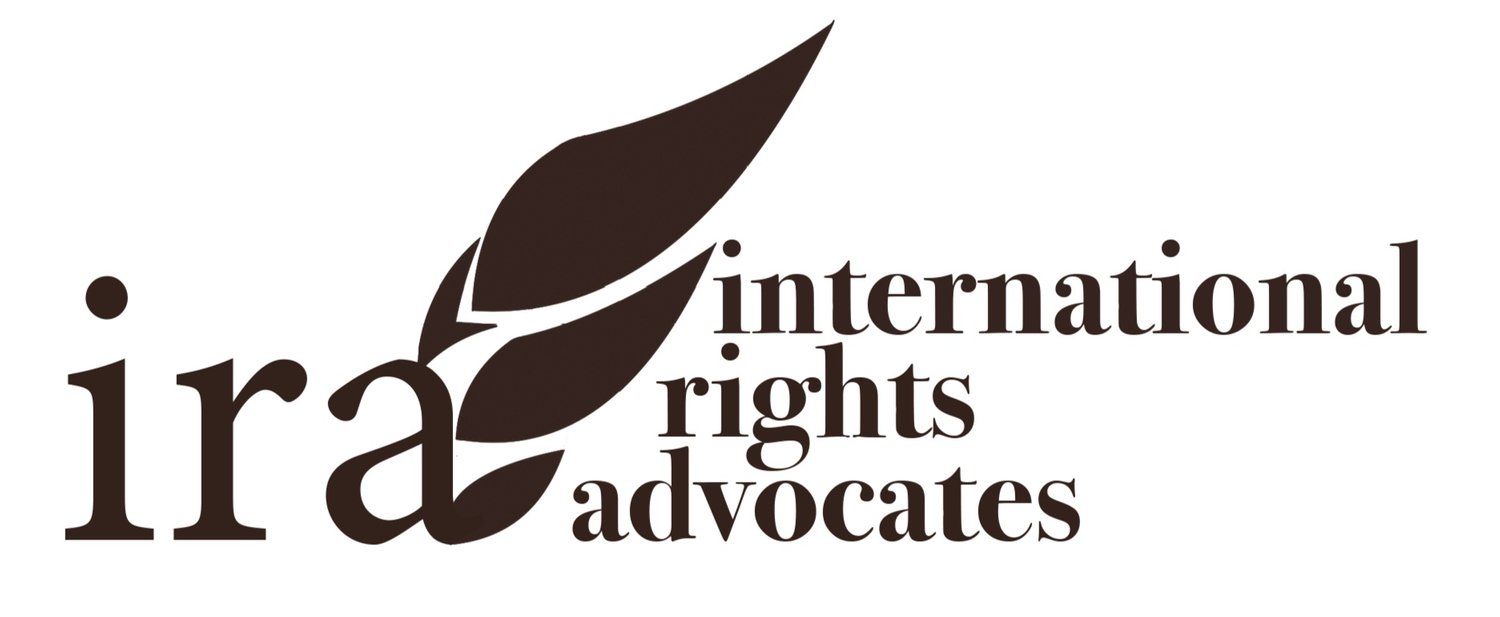In a Globalized World, Telephonic Testimony Should be the Rule, Not the Exception
Written by Brittany West, Washington College of Law JD candidate, 2014
Barriers to witness testimony and, therefore, redress are significantly magnified when plaintiffs are seeking justice in the U.S. from outside it. To hold U.S. human rights abusers accountable in U.S. courts, foreign indigent plaintiffs must face the daunting task of securing foreign witness testimony. To be admissible, witnesses are often required to travel to the U.S. to testify, a costly and time-consuming process.
Witness testimony can be a determining factor in whether foreign plaintiffs can attain redress for human rights abuses in the U.S. When attempting to establish a case under the Alien Tort Statute (ATS), a statute which grants jurisdiction to alien plaintiffs for tort claims, many witnesses likely live abroad, and a key witness’s testimony can mean the difference between a favorable judgment for the plaintiff and a dismissal of the case. As with International Rights Advocates’ cases, this can also mean either holding U.S. based corporations accountable for human rights abuses or letting them off the hook. Despite the importance of witness testimony, U.S. policy does not go far enough to eliminate the barriers preventing its use.
Foreign witnesses face both immigration and financial barriers. When required to enter the U.S. for a deposition or trial, a witness must first obtain a visa. This often means the foreign witness initially must secure a passport in her home country, something she may not have needed previously. Visa wait times can last from a few days to over twenty, and the visa costs exceed 150 U.S. dollars, a substantial sum for an indigent plaintiff. Additionally, the State department does not guarantee visas, regardless of whether there is a court order. Finally, the cost of travel to the U.S. for each witness can be prohibitive. Moreover, defendants often turn these already prohibitive barriers against plaintiffs in an effort to block plaintiffs’ claims from moving forward, presenting yet another hurdle to bringing litigation. The cost of bringing witnesses to the U.S. is often cited as relevant to the determination that another country would make a more convenient forum, also known as Forum Non Conveniens.
Reforms that could assist in knocking down these barriers run the gamut to include immigration reform, including a nonimmigrant visa category specifically for trial witnesses, but a more practical reform might be a simple procedural change. The Rules of Civil Procedure allow contemporaneous testimony from another location to be used in court only for “good cause in compelling circumstances.” In some instances, this has proved a high standard to overcome, resulting in a requirement for the presence of foreign witnesses in court. Modifying this standard to lean toward a preference for the use of video or telephonic transmission in trial would help eliminate the financial and immigration barriers to foreign witness testimony. Additionally, as Martin Davies, a professor of maritime law, has noted, with the availability of contemporaneous video transmission, the cost of witness travel in evaluating a Forum Non Conveniens argument should be a moot point. Martin Davies, Time to Change the Federal Forum Non Conveniens Analysis, 77 Tul. L. Rev. 309, 327-30 (2002).
A broad interpretation of the rule is not unprecedented. The D.C. District Court determined that a witness living in Oklahoma could provide testimony via video transmission because of the inconvenience traveling to D.C. would present. In the words of Judge Facciola, the presiding judge in the case, “To prefer live testimony over testimony by contemporaneous video transmission is to prefer irrationally one means of securing the witness's testimony which is exactly equal to the other.” F.T.C. v. Swedish Match N. Am., Inc., 197 F.R.D. 1, 2 (D.D.C. 2000).
When courts have allowed contemporaneous transmission of witness testimony overseas, foreign plaintiffs have had a chance to hold U.S. defendants’ accountable for abuse. For instance, in Baraz v. United States, 181 F.R.D. 449 (C.D. Cal. 1998), the plaintiff brought suit against officers of the INS who beat him while in detention, but living in Iran, he was unable to enter the U.S. for trial. The defendant moved to dismiss the case, but the district court denied the motion and allowed the use of telephonic depositions and written interrogatories. Distance testimony allowed the plaintiff’s case in Baraz to move forward.
Whether the U.S judicial system will take Judge Facciola’s words to heart and encourage the use of video transmission to assist other foreign plaintiffs remains to be seen. Promoting the liberal use of contemporaneous distance testimony would ensure foreign witness availability in court and provide an effective means of holding human rights abusers accountable.

